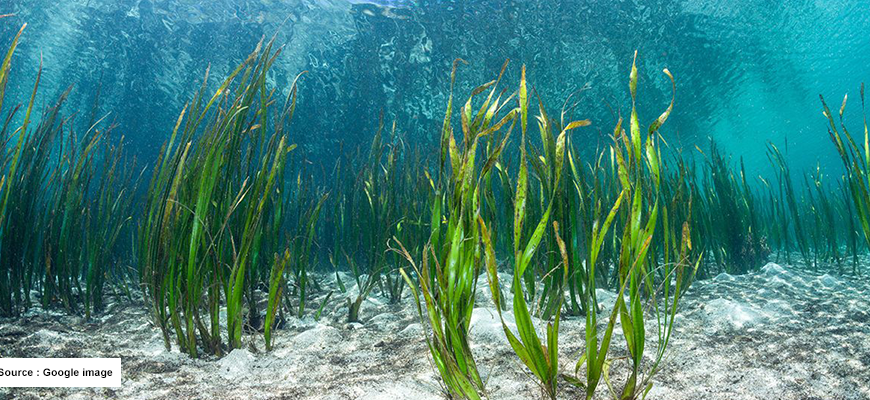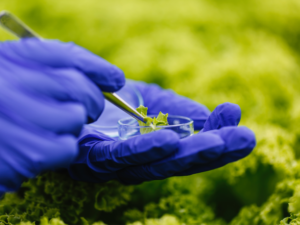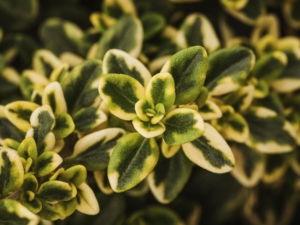Seaweed in Agriculture 101 – Unlocking Fertilizer, Biostimulant & Stress Mitigation Potential
- Description
- Curriculum
- Reviews
What this module offers you:
This 4-hour webinar explores seaweed’s role as a sustainable fertilizer, biostimulant, and stress mitigator in modern agriculture.
Participants will examine key species like Ascophyllum nodosum, Kappaphycus alvarezii, and Ulva lactuca, learning how their bioactive compounds enhance plant growth and stress resilience.
The session features practical case studies, including yield boosts in potatoes and drought resistance in rice, along with optimal application methods.
What will you take away?
Attendees will gain insights into the booming $2.7B seaweed extract market and emerging innovations like nano-formulations. Designed for agronomists and farmers, the webinar combines science with practical strategies through live demos and expert Q&A, providing actionable solutions for sustainable crop production.
Thank you for joining us on this learning journey! We’re excited to have you on board, and with our team of dedicated industry experts, you’ll gain powerful, hands-on insights that will make a real impact. Get ready for an engaging and transformative experience that will elevate your knowledge to the next level!
Comprehensive Course Agenda
| Block | Title | Topics |
|---|---|---|
| 🌿 Block 1 | Foundations | – Welcome & Learning Objectives – Seaweed Taxonomy, Classification & Phylogenetics – Morphology: Thallus, Holdfast, Blade Structures – Key Species: Ascophyllum, Sargassum, Kappaphycus – Sustainable Harvesting & Extraction Methods |
| 🧪 Block 2 | Seaweed as Fertilizer | – NPK Ratios & Micronutrients (Fe, Zn, Mo) – Polysaccharides: Alginate, Carrageenan – Micronutrient Delivery: Chelation & Bioavailability – ROI Analysis & Field Protocols |
| ⚡ Block 3 | Biostimulant Science | – Key Compounds: Cytokinins, Betaines, Oligosaccharides – Molecular Pathways: • Auxin Signaling (TIR1/AFB Receptors) • ROS Scavenging (SOD/CAT Enzymes) – Physiological Impacts: • Root Development ↑ • Nutrient Use Efficiency (NUE) • 20–30% Tomato Yield Increase (Fan et al., 2021) – Crop-Specific Case Studies |
| 🛡️ Block 4 | Stress Mitigation | – Drought/Salinity: Osmoprotectants (Mannitol, Proline), Stomatal Regulation – Frost: Cryoprotection Mechanisms – Heavy Metals: Fucoidan Chelation (Sargassum spp.) |
| 🎤 | Live Q&A & Discussion | – Interactive Session for Clarification & Insights |





